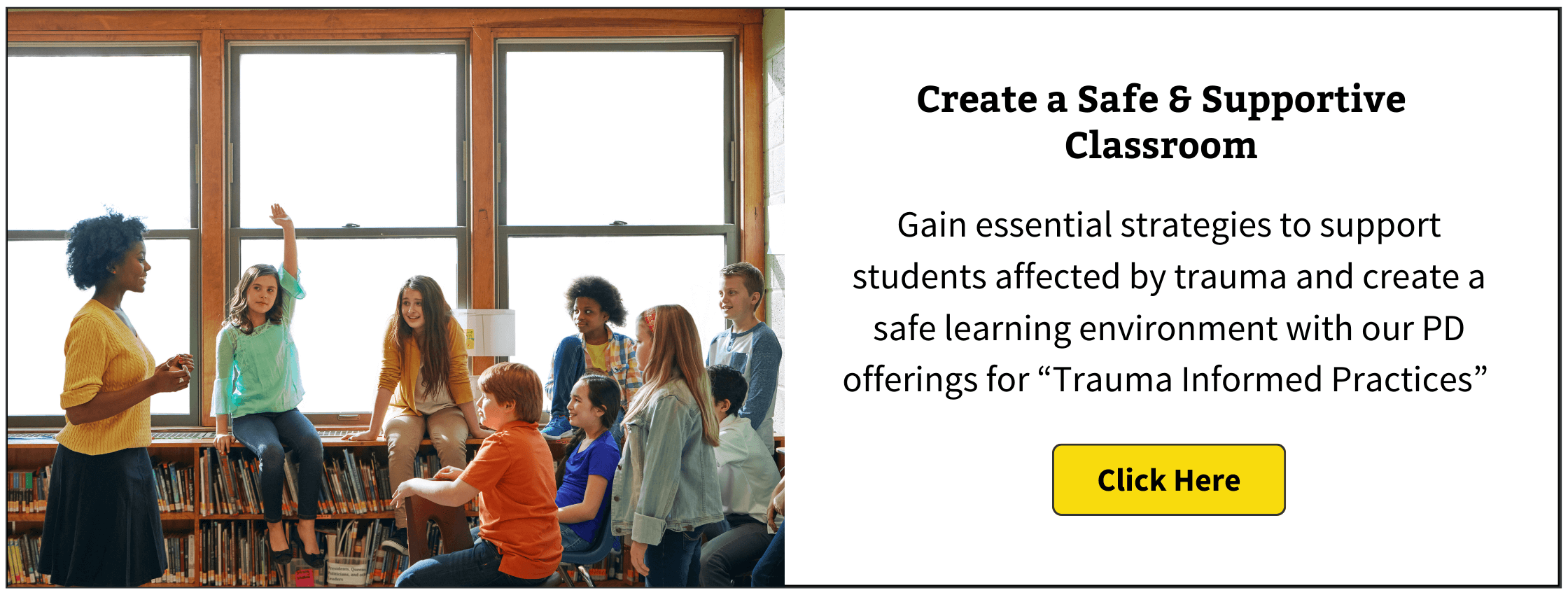Adverse Childhood Experiences and Their Impact
Adverse Childhood Experiences (ACEs) refer to various forms of abuse, neglect, and household dysfunction that a child might experience. These experiences can have long-lasting effects on a student’s mental health, behavior, and overall well-being.

Research indicates that ACEs significantly impact a student’s ability to focus, learn, and thrive in a traditional educational setting. The repercussions of trauma can manifest in numerous ways, including difficulties in emotional regulation, behavioral challenges, and even physical health issues later in life.
Understanding the Link Between Trauma and Learning
Trauma can alter the brain’s architecture, affecting the areas responsible for learning, memory, and emotion regulation. This can lead to a heightened stress response, where students are frequently in a state of fight, flight, or freeze.
As a result, students with a history of trauma may struggle with:
🔹 Concentrating on academic tasks
🔹 Managing emotions in the classroom
🔹 Forming healthy relationships with peers and educators
Furthermore, the constant state of alertness hinders cognitive functions, making it challenging for these students to retain information and engage in learning.
🎯 Learn practical strategies to support trauma-affected students in our Trauma-Informed Online Course.
The Importance of Trauma-Informed Schools
A trauma-informed school recognizes the prevalence of trauma and its impact on students’ lives. It emphasizes creating a safe, supportive, and empathetic learning environment.
By adopting trauma-informed practices, schools can:
✅ Improve student engagement and emotional regulation
✅ Enhance academic performance
✅ Foster a more inclusive and compassionate school culture
✅ Reduce classroom disruptions and behavioral challenges

Key Principles of Trauma-Informed Education
1. Safety
Creating a physically and emotionally safe environment is paramount. This involves:
✔️ Establishing predictable routines
✔️ Setting clear expectations
✔️ Fostering a welcoming atmosphere
When students feel secure, they are more likely to engage in learning rather than focus on survival.
2. Trustworthiness and Transparency
Building trust between educators and students through open communication and consistent behavior helps students feel understood and supported.
3. Peer Support
Encouraging peer connections and support systems helps students feel less isolated and more comfortable in the school environment.
4. Collaboration and Mutuality
A trauma-informed approach requires teamwork. Schools should foster strong partnerships between students, educators, families, and mental health professionals.
5. Empowerment and Choice
Providing students with a sense of control and choice in their learning helps increase motivation and resilience.
6. Cultural, Historical, and Gender Considerations
Being culturally responsive ensures that schools respect and validate the diverse backgrounds of students.
💡 Want to equip your educators with strategies to support students impacted by trauma? Our Trauma-Informed Onsite Professional Development provides hands-on training to create a safe and supportive learning environment.
Trauma-Informed Teaching Strategies
Implementing trauma-informed strategies can transform a student’s learning experience.
1. Building Strong Relationships
✔️ Establishing trust and empathy is crucial.
✔️ Educators should strive to understand each student’s unique experiences.
✔️ Positive teacher-student relationships serve as a stabilizing force for students.
2. Creating Predictable Routines
Students who have experienced trauma often feel overwhelmed by uncertainty. Clear routines and expectations help:
✔️ Reduce anxiety
✔️ Provide structure and stability
✔️ Improve focus and engagement
3. Incorporating Social-Emotional Learning (SEL)
Social-emotional learning (SEL) teaches students critical skills such as:
✔️ Self-awareness
✔️ Self-regulation
✔️ Empathy
By integrating SEL into the curriculum, schools can help students manage emotions and build positive relationships.
Supporting Students with Trauma
A comprehensive and collaborative approach is essential for supporting students impacted by trauma.

1. Collaborating with Mental Health Professionals
✔️ Schools should partner with counselors, psychologists, and social workers.
✔️ These professionals can help develop individualized support plans for students.
2. Creating Safe Spaces
✔️ Establishing designated areas where students can regulate their emotions.
✔️ These spaces should be calming and provide self-regulation tools.
3. Encouraging Student Voice
✔️ Allowing students to express their thoughts and feelings fosters empowerment.
✔️ Students who feel heard are more engaged in learning.
4. Implementing Trauma-Responsive Teaching Approaches
✔️ Educators should be trained to recognize signs of trauma and adjust their teaching strategies accordingly.
The Role of School Leadership
School leaders play a critical role in establishing a trauma-informed culture by:
✔️ Prioritizing trauma-informed policies
✔️ Allocating resources for training
✔️ Modeling empathy and understanding
Developing a Trauma-Informed School Culture
A compassionate and inclusive school culture requires:
✔️ Collaboration between educators, students, and families
✔️ Ongoing professional development
✔️ Shared values of safety, trust, and support
Conclusion
Implementing trauma-informed practices is essential for creating a safe and supportive educational environment. By understanding the impact of trauma, adopting effective teaching strategies, and fostering a trauma-informed school culture, educators can significantly improve student well-being and success.
📢 Ready to transform your school into a trauma-informed learning environment?
✔️ Bring our expert trainers to your school with Trauma-Informed Onsite PD.
✔️ Prefer to learn at your own pace? Enroll in our Trauma-Informed Online Course today.
🌍 Every student deserves a safe and supportive learning environment. Let’s make it happen together! 🚀









